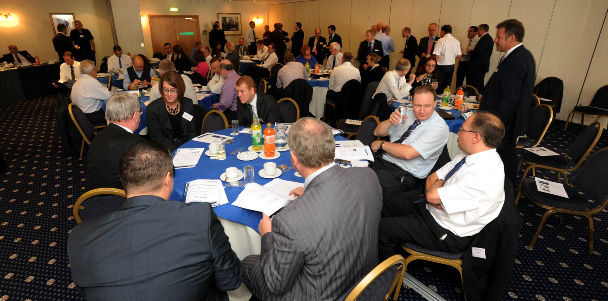It’s Time to Break Free… of Gender Stereotypes
 Gender stereotyping has been one of the hot topics of the summer. From the announcement that Dr Who is to regenerate into a woman, to the BBC two-part programme No More Boys and Girls via the Advertising Standards Authority’s impending crackdown on gender stereotyping in adverts, our perception of gender roles is being challenged.
Gender stereotyping has been one of the hot topics of the summer. From the announcement that Dr Who is to regenerate into a woman, to the BBC two-part programme No More Boys and Girls via the Advertising Standards Authority’s impending crackdown on gender stereotyping in adverts, our perception of gender roles is being challenged.
In PR and marketing, stereotyping is often used to convey simple messages. But let’s face it: it’s a lazy way to get your point across, and in a sector that likes to define itself as creative, relying on 50-year-old gender stereotypes is anything but!
I look at my own family unit and at my colleagues sitting across the desk and I can’t reconcile what I see with this image of the cleaning-obsessed homemaker woman and her inept husband the adverts are trying to portray. My male colleagues enjoy cooking and baking at least as much, if not more, than my female colleagues; we all seem to share the parental load and the housework, and when it comes to our client accounts, we’re all equally comfortable discussing geeky technology or fluffy cuddly animals.
I’m clearly not the only one who feels this way. Prompted by a series of complaints on adverts from GAP, Aptamil, KFC and Protein World, the Advertising Standards Authority conducted a year-long inquiry which has led to tougher standards on adverts which portray potentially harmful gender stereotypes.
We have also seen campaigns being lauded in recent years for defying gender stereotypes, such as Always’ Like a Girl or Sport England’s This Girl Can campaigns. Oh, and let’s not forget Pot Noodles’ You Can Make It advert.
But for each of these inspiring campaigns, I still come across many others that make me want to scream in frustration. I was recently told of a promotional activity meant to stimulate girls’ interest in STEM subjects which consisted of said girls decorating a lab coat with glitter pens as the morning’s ice breaker session. Because clearly, cool science experiments aren’t inspiring enough for girls… In the 21st century, this is simply not acceptable. It’s quite shoddy PR too.
We can and should do better than this. I accept that market segmentation is a big part of PR and marketing, and sometimes the segmentation happens to fall on gender lines; but if we want to reach our audience, we need speak in a language they can relate to. Using outdated stereotypes is not the way.
It’s also worth reminding ourselves that customers tend to buy into why we do what we do rather than how we do it. It’s our values that our audience is interested in. By ensuring our messages are inspiring and empowering, we are much more likely to make a lasting impression.
This article was written by Account Director Sarah-Jane Freni and was originally published on Lincolnshire Business on 1st September 2017.









